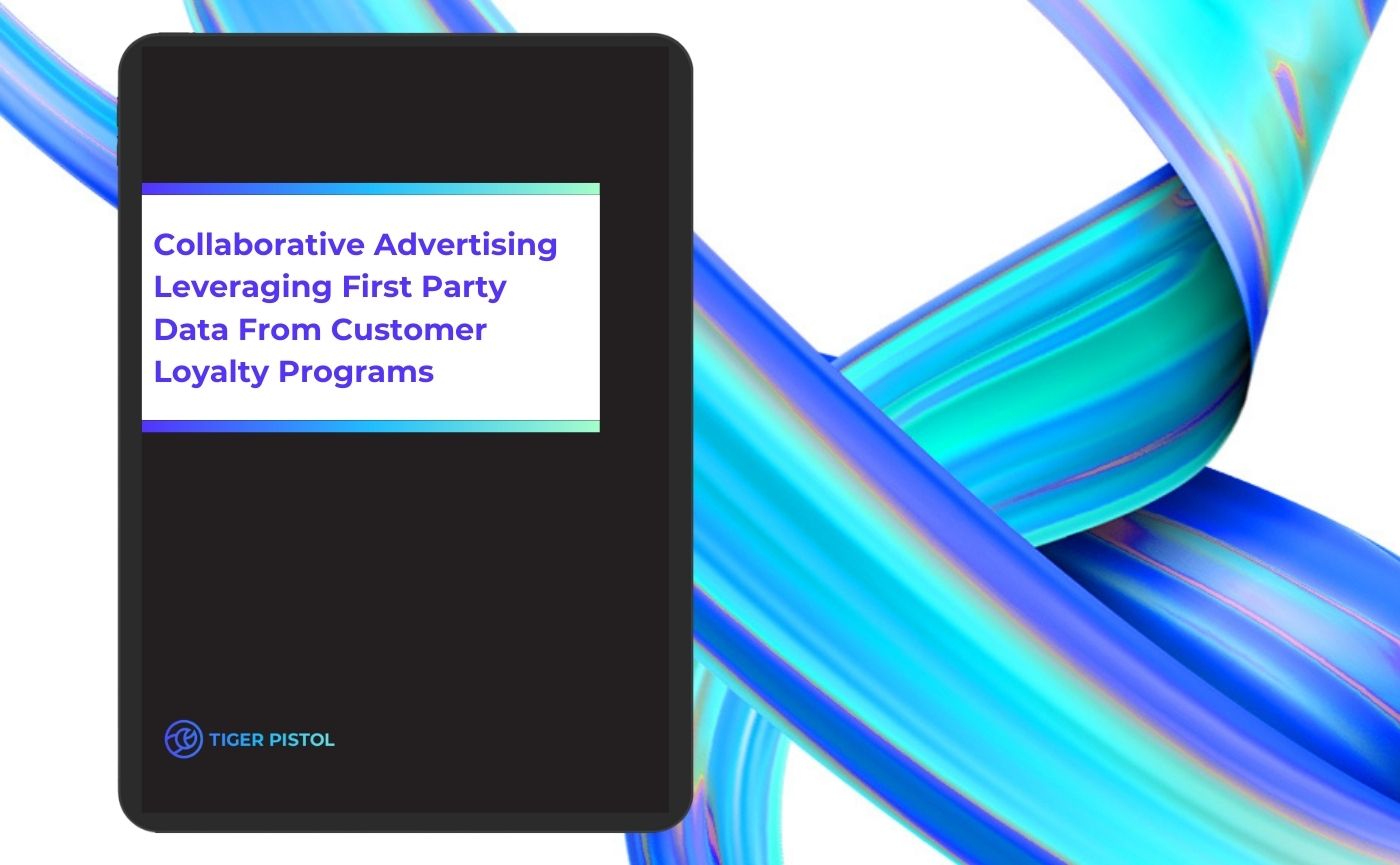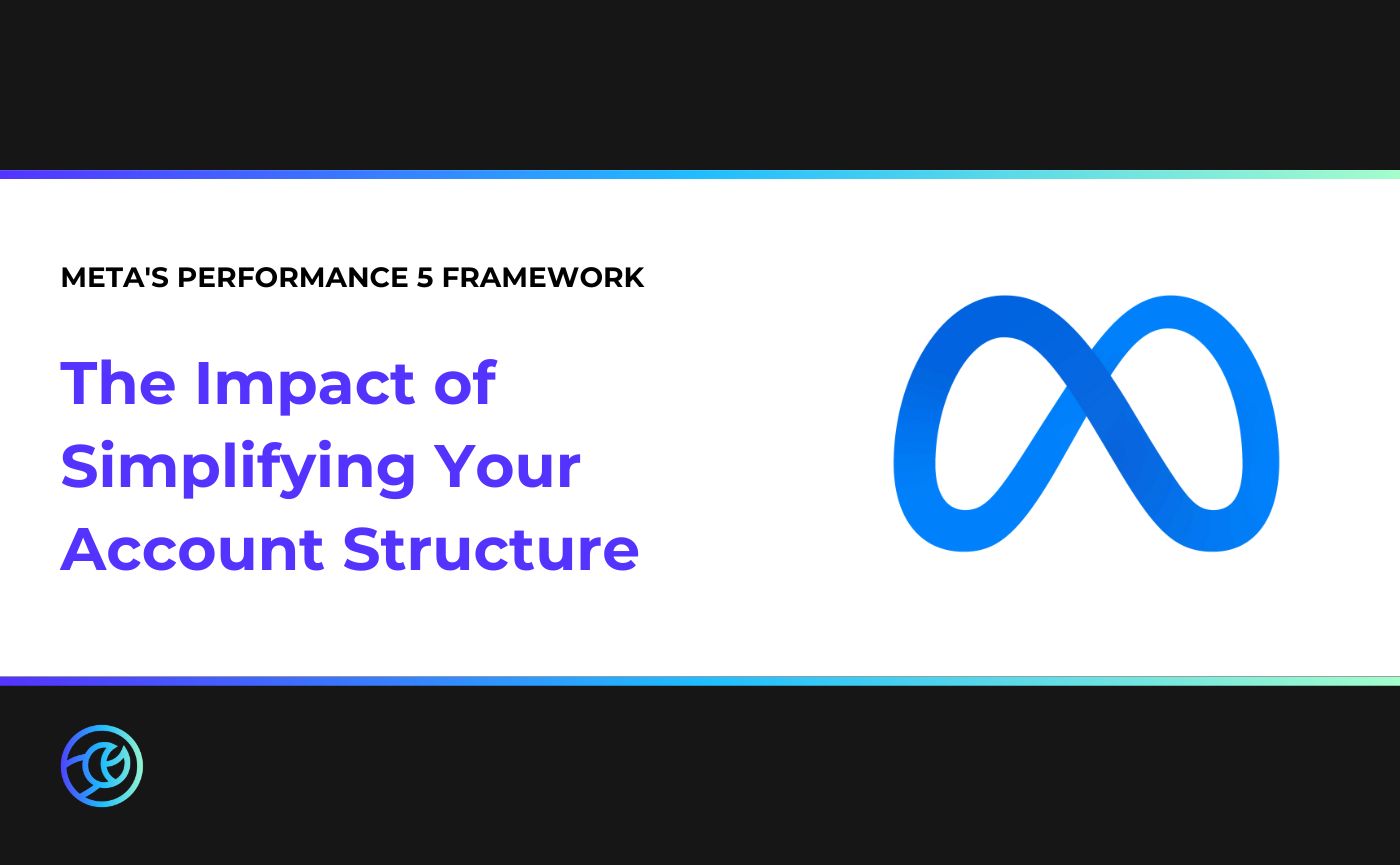Collaborative Advertising: Leveraging First Party Data from Customer Loyalty Programs
Since the release of iOS 14 in September 2020, brands and retailers who use their Facebook ads as a way to collect customer data, have had to pivot. Now when a consumer uses any of Facebook’s family of apps on an iPhone, they will be asked to opt in or out of data tracking. Therefore, if a Facebook user opts out of tracking, the brand can no longer advertise to that user via remarketing on the user’s phone. Because of this, marketers have had limited targeting options, forcing them to waste ad spend and diminish personalization of ad copy.
Many brands and retailers have chosen to circumvent the iOS 14 privacy changes and GDPR laws through customer loyalty programs. Customer loyalty programs enable brands and retailers to collect first-party data which can be used to create custom and lookalike audiences, in addition to gaining meaningful insights about customers that marketers can utilize to develop targeted social ads. In effect, brands can leverage data that customers have opted into providing.
What Kind of Data Are You Getting?
Customer loyalty programs permit brands to track registered customers through their unique loyalty member number. Whether a customer chooses to shop online or in-store, every time they use their member ID, their purchase is saved and stored, creating a robust database on customer behavior (digital interactions, purchase history, preferences, habits, behaviors, etc.). This allows retailers to gain a better understanding of their customers’ path to purchase.
Loyalty programs vary in customer benefits, from money off a purchase to free products and more. It’s not difficult to see why someone would choose to sign up for a company’s loyalty program. The promise of free stuff is a hard sell to beat, even if it means opting to share your data with the retailer. Some people may choose to engage in a loyalty program so that they can keep track of their purchases, while others may simply be looking for coupons or sale notifications. In all scenarios, consumers that opt-in believe the benefits of the loyalty program justify the case of sharing data.
Information Being Collected Through Loyalty Program
- Where the customer shopped (online, in-store)
- Customer’s conversion method (in-store, delivery, BOPIS, curbside)
- What the customer is purchasing
- Frequency of Product (s) Purchase
- Repeated Purchases
- How customers choose to spend their money or pace their purchases
- Sally buys X brand makeup foundation every three months and purchases Y brand mascara monthly.
- Are customers utilizing coupons
First party data provides a game-changing advantage for brands and retailers.
Now That You Have the Data, What Should You Do With It?
Marketers use first-party data in various ways, for example, they can leverage their first party data to create targeted social ads that tune into their customers needs or preferences as well as develop a more personalized shopping experience for their customers. First-party data can also be utilized to build custom audiences for retargeting and lookalike audiences for new customer acquisition.
Custom audiences allow marketers to target consumers who may have already engaged with the brand or product. Custom audiences are created when comparing your uploaded first party data list to Facebook profiles. Your data will go through a hashing process that converts the customer information into randomized code to ensure that all data is shared securely. On the flip side, creating custom audiences for exclusion can save precious ad dollars. An insurance company interested in acquiring new customers may generate a custom list from current customer email addresses and names, guaranteeing their current customers aren’t targeted in the ad audience.
Lookalike audiences are produced by uploading your first party data to Facebook and permitting Facebook to find users with similar characteristics or qualities. Lookalike audiences can help your brand reach new audiences, but specifically audiences that are more likely to convert because they resemble (but have yet to interact with your brand) your existing audience. To learn more about Facebook audiences, check out Laura Kraay’s blog, “Best Practices for Facebook Audiences. Part 1: Creating Audiences,” or Chris Mayer’s blog, “The Power of the Facebook Pixel.”
By leveraging custom and lookalike audiences, marketers can build targeted social ads that deliver the right message to the right person at the right time, increasing likely conversions.
How does first party data from customer loyalty programs help your local partners?
Loyalty data can power local and through-channel marketing efforts with your brand’s local points of sale. When leveraged correctly, first-party data can eliminate local partners starting from ground zero in terms of data insights. Whether your channel is a franchise, big box chain, independent, or all of the above, using your loyalty data when marketing through your partners’ local sales areas offers an advantageous position against competitors. Think about it like this: two competing publications want to cover the same story. One publication is given all the details of the story including the people, the place, quotes from witnesses, etc. The other publication is only given a photograph. The publication that received all the details will not only be able to print the story quicker, but will end up doing much less work on the backend than the other publication will have to do to complete the same task.
Local partners can instantly obtain data that bolster their campaigns through more effective targeting via secure first-party data sets. Add to that the knowledge local partners have, and they can hit the ground running with localized brand campaigns. The more traffic local partners generate, the more data is shared with the global partner, enabling national partners to gain a more holistic view of their business.
Learn more about how collaborative advertising can fill your data bank and your partners. Check out our Key Capabilities now.






